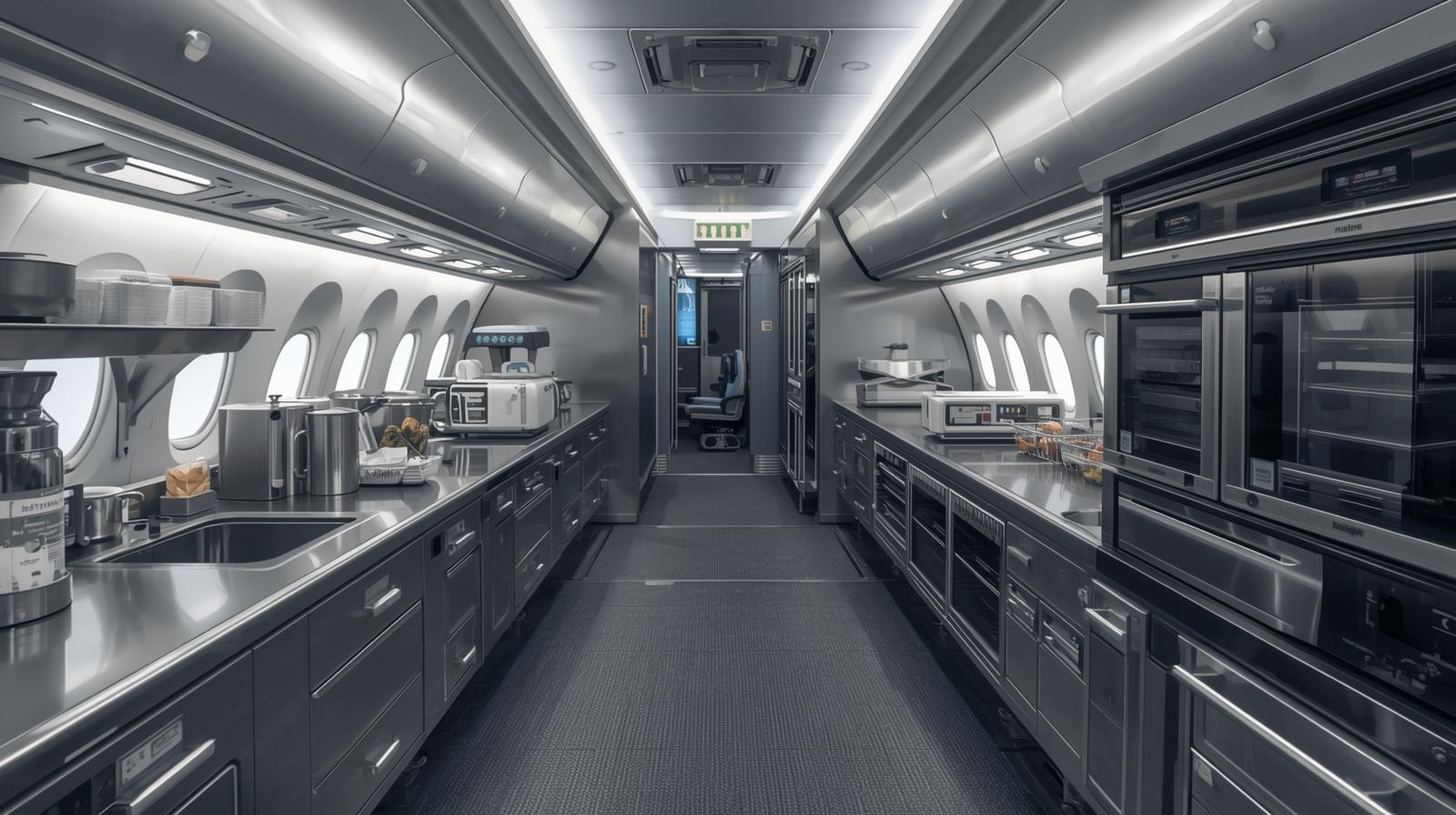The global galley equipment market is experiencing steady expansion, supported by continuous aircraft production, airline cabin modernization programs, and a growing emphasis on energy-efficient, lightweight cabin interiors. In 2025, the market is valued at approximately USD 2.9 billion and is projected to reach nearly USD 4.6 billion by 2034, reflecting a compound annual growth rate of about 5.2 percent. The growth trajectory aligns with increasing commercial air travel demand, airline fleet renewals, VIP and business jet refurbishments, and the broader shift toward more efficient and sustainable onboard service operations.

Download PDF Brochure @ https://www.marketsandmarkets.com/pdfdownloadNew.asp?id=16966730
Galley systems today go far beyond traditional metal storage units. They now integrate modular architecture, smart appliances, digital controls, and lightweight composite structures engineered to reduce fuel burn and optimize crew workflow. Airlines are increasingly investing in galley layouts that enhance in-flight catering capacity, improve passenger service experiences, and support premium cabin differentiation. The adoption of advanced inserts and connected galley appliances is also improving consistency in meal quality, food safety, and waste management onboard.
Line-fit installations continue to represent the majority of the market as aircraft manufacturers ramp up production of A320neo, B737 MAX, A350, and B787 programs. Retrofit demand is also strong, driven by cabin refresh cycles occurring every eight to twelve years, as well as the rapid recovery of business jet refurbishments. Customized, high-end galley solutions are gaining traction in the VIP and private aviation sector, where aesthetics, ergonomics, and material sophistication are central to cabin design.
Technological innovation plays a defining role in shaping competitive advantage. Lightweight composite panels, thermoplastic structures, and 3D-printed galley components are enabling significant weight reduction while meeting strict flammability and durability standards. Integrated power-management systems, digital appliance interfaces, induction heating ovens, and IoT-enabled inventory controls are supporting smarter and more efficient service workflows. These advancements enable airlines to deliver consistent hospitality experiences while reducing energy consumption and maintenance requirements.
Regulatory frameworks such as FAA 14 CFR 25.853 and EASA CS-25.853 continue to determine standards for flammability, smoke emissions, electrical integrity, and hygiene. Compliance remains a critical factor across design, manufacturing, and certification processes.
Sustainability is now central to galley development. Airlines are adopting recyclable service carts, biodegradable meal packaging, and energy-efficient galley inserts to reduce waste and emissions. OEMs and suppliers are moving toward closed-loop recycling of aluminum and composite materials, aligning cabin interior strategies with global carbon reduction goals.
Regionally, North America holds the largest market share, driven by fleet modernization programs and strong demand from major U.S. airlines. Europe remains a center of aviation interior innovation, led by Airbus manufacturing and sustainability-focused cabin programs. Asia Pacific is the fastest-growing region due to expanding airline fleets in China, India, and Southeast Asia, as well as increasing MRO activity. The Middle East continues to invest heavily in luxurious long-haul cabin interiors, while Latin America shows consistent demand linked to regional fleet upgrades and service enhancement initiatives.
The competitive landscape is defined by product integration, customization capability, certification efficiency, and aftermarket service support. Global suppliers such as Safran Cabin, Collins Aerospace, Diehl Aviation, Jamco Corporation, Bucher Leichtbau, AIM Altitude, Aerolux, and Atlas Air Catering Equipment continue to shape innovation and market direction through new galley models and digitally enabled service ecosystems.
Looking ahead, the evolution of smart, connected, and eco-efficient galleys will define the next decade of market development. Demand will intensify across both line-fit and retrofit segments as airlines pursue operational efficiency, passenger experience differentiation, and sustainability compliance through 2034.
